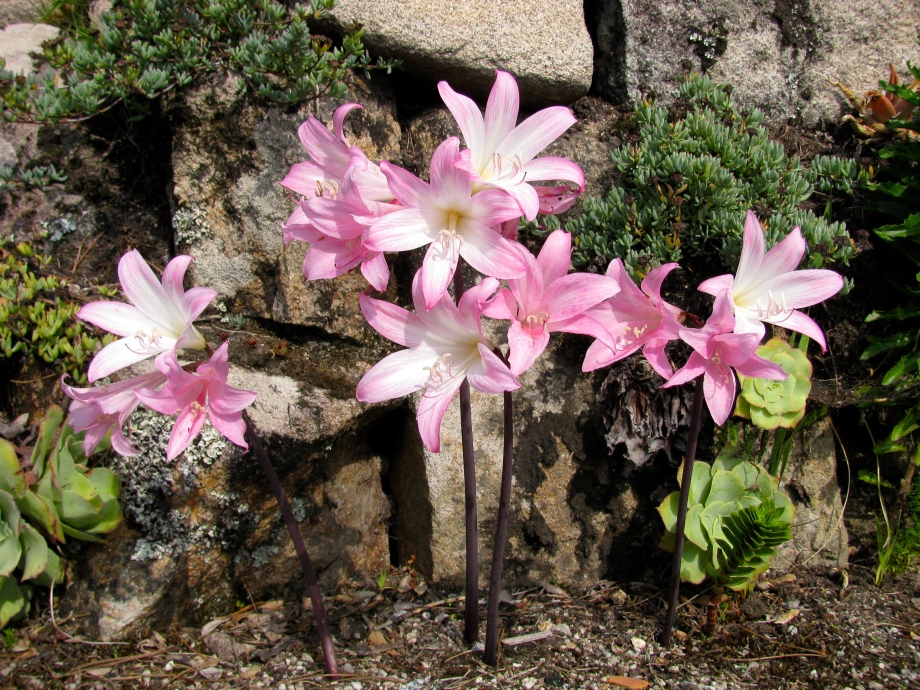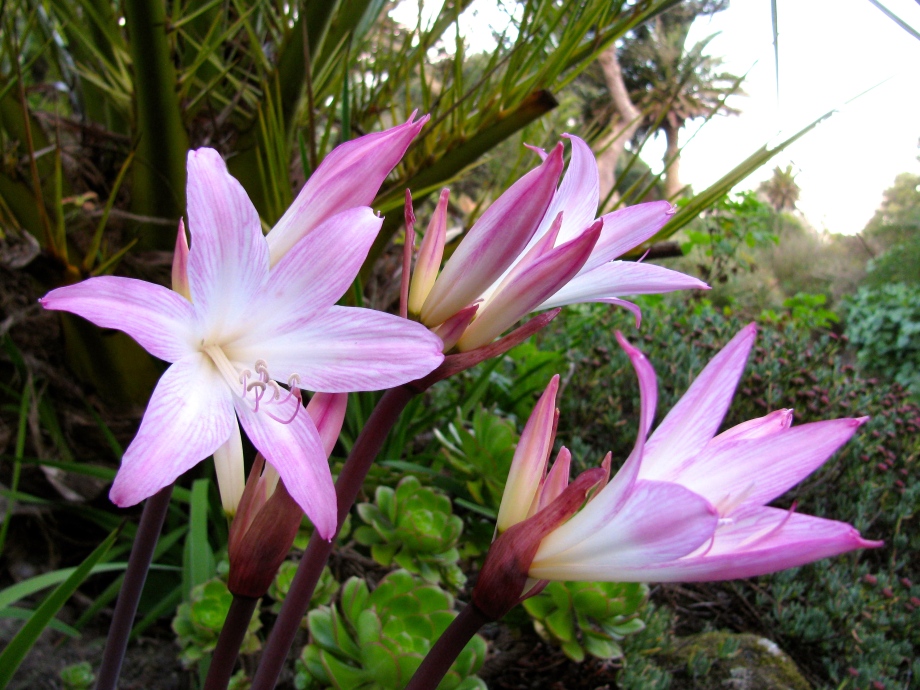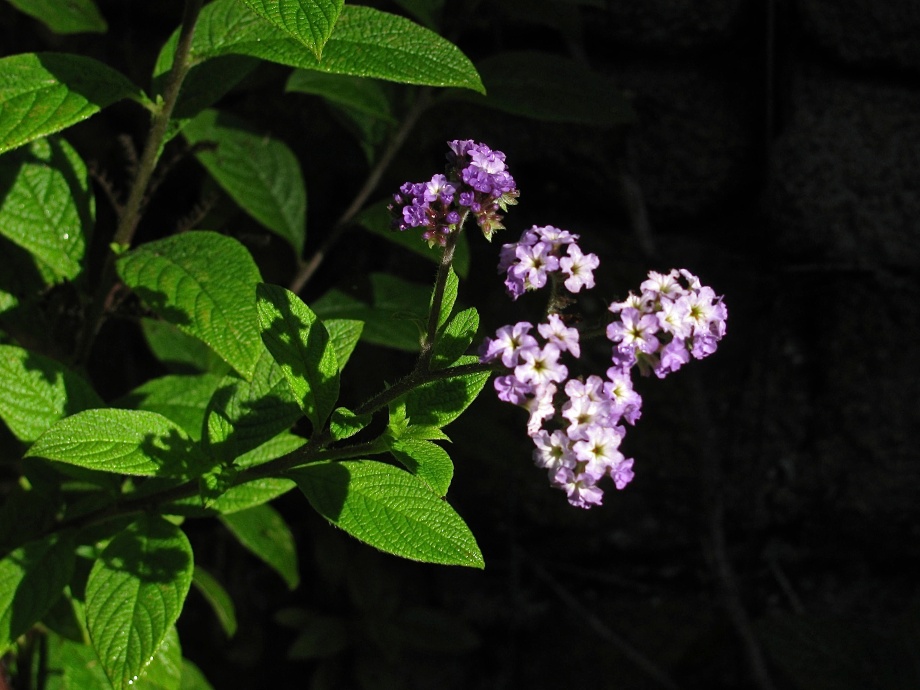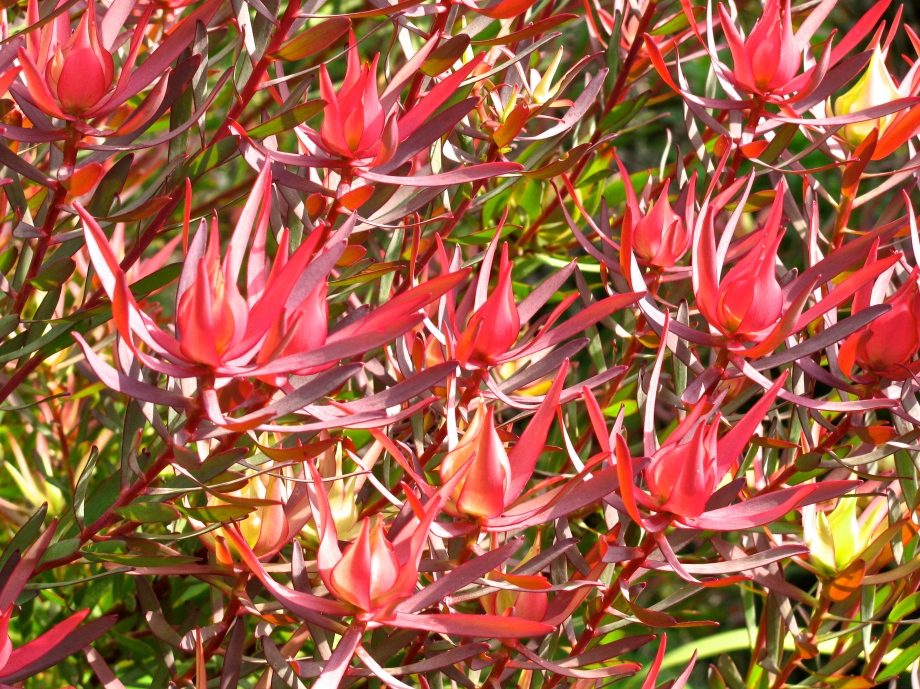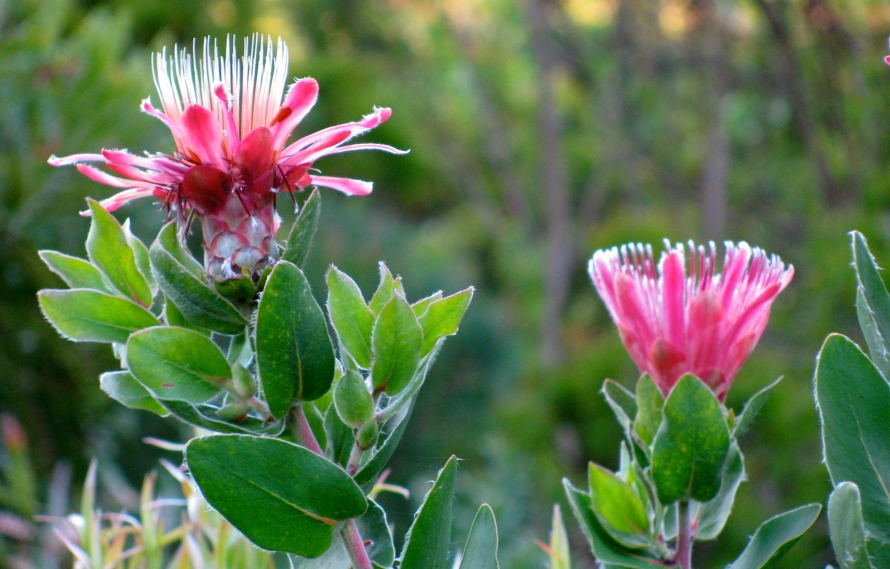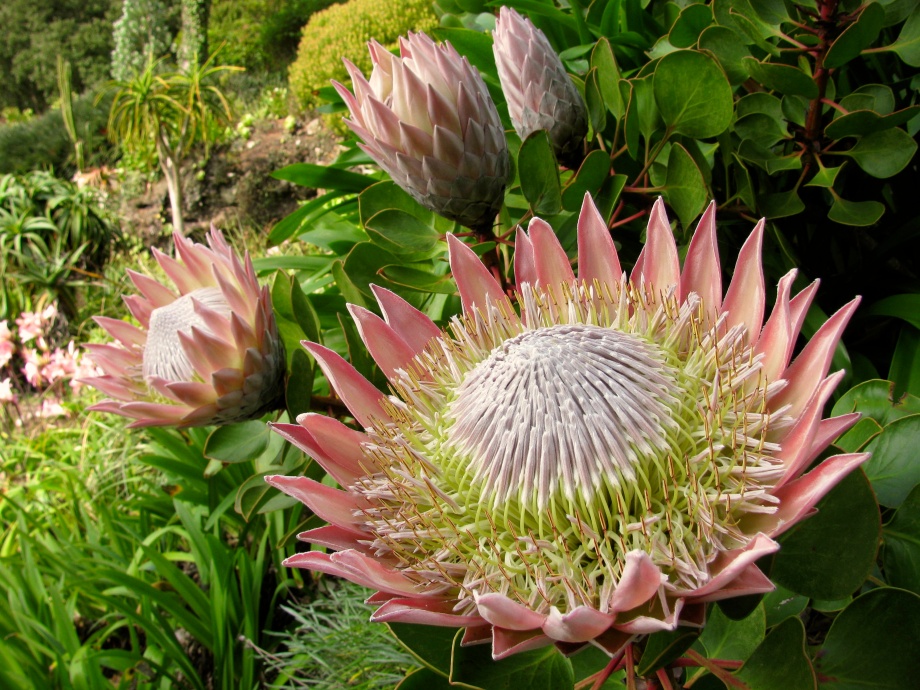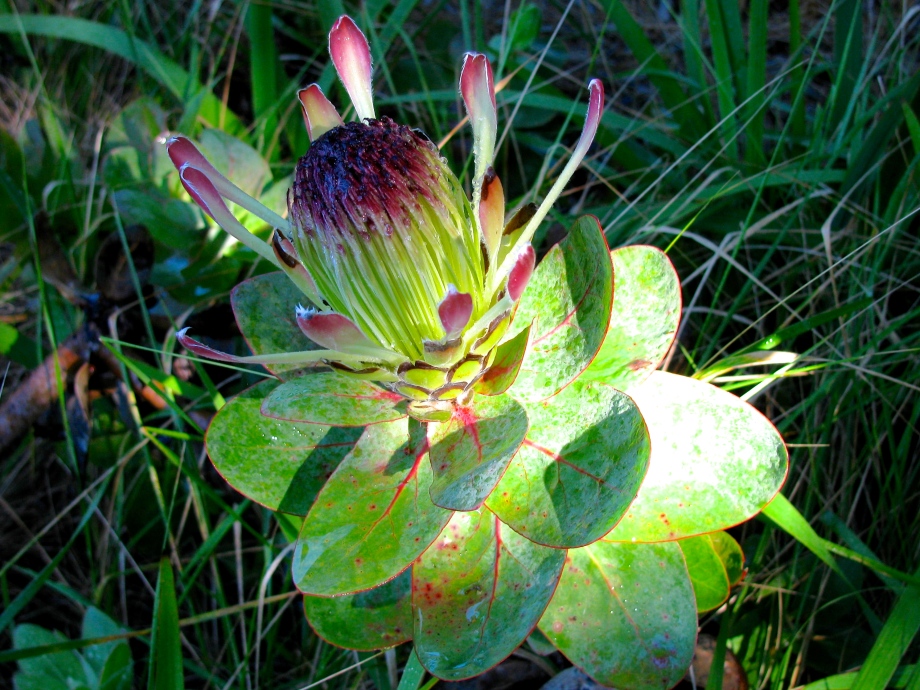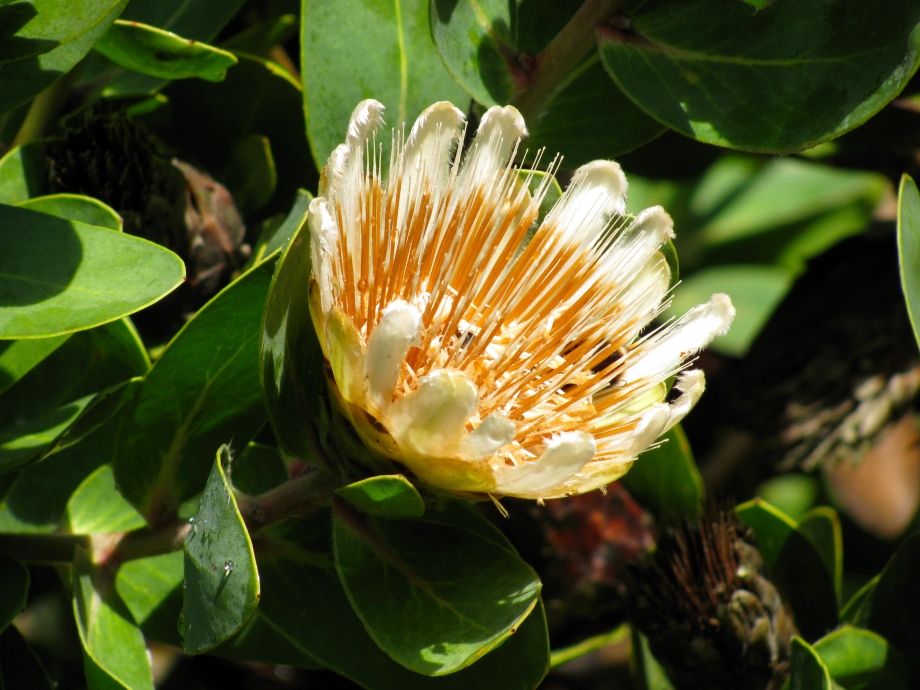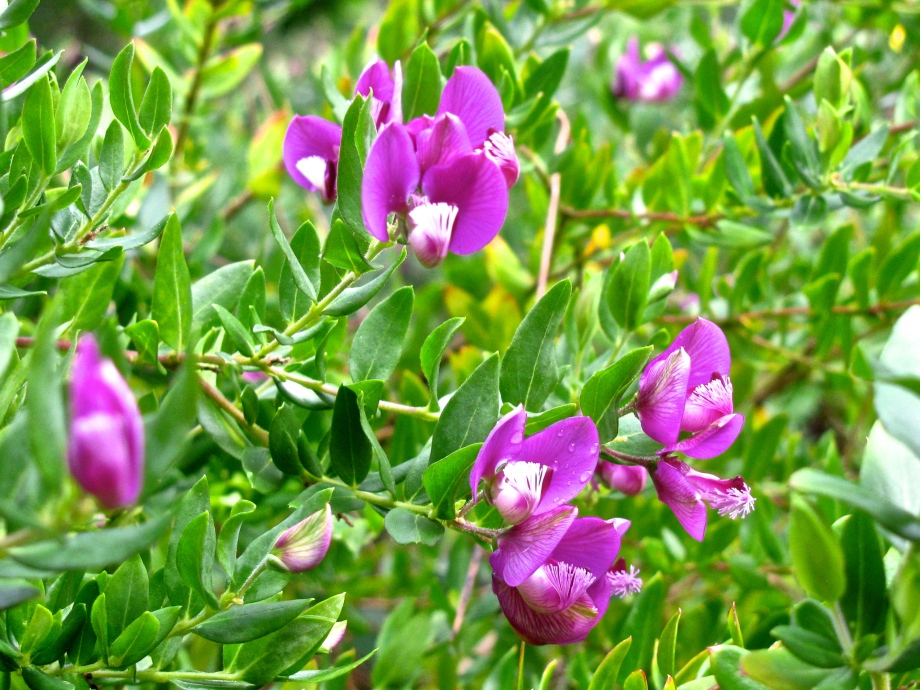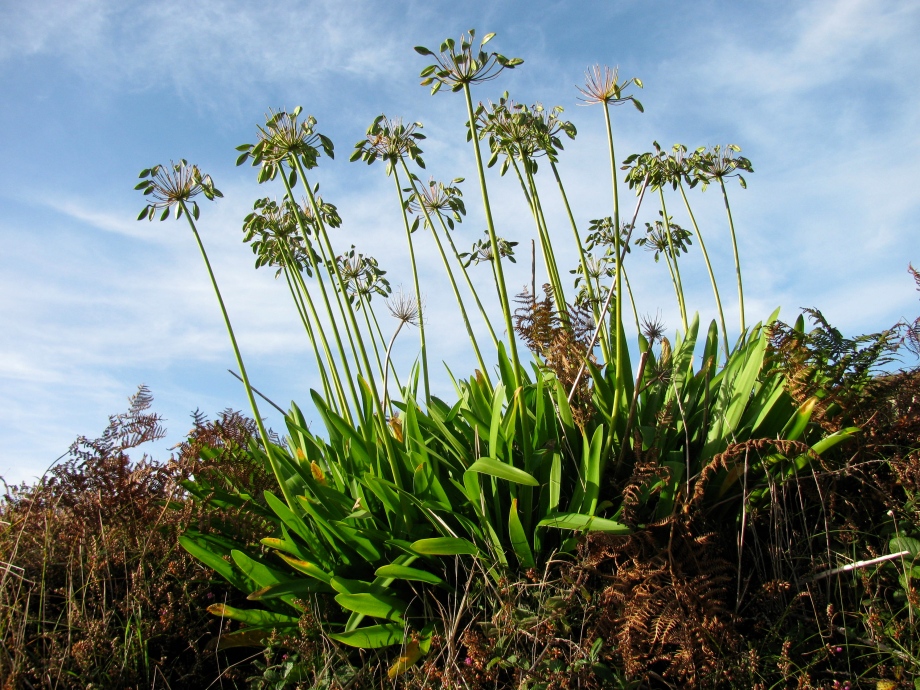
So here we are, more than half way through October and I’m only just writing my review of September. I’d like to be able to say it’s because I’ve been far too busy but truthfully it has just been pure laziness. I must try harder next month!
The garden is now reaching a transitional period, where summer flowering species are beginning to fade if they haven’t already, while winter flowering species are just about to get going. In other words, it’s autumn. This is not to say that there isn’t much to see in the garden at this time of year and I will be putting together a post showcasing a selection of Tresco’s plants that have been looking at their very best through September in the coming days.
The gardening week starts with a general tidy of paths and walkways to smarten up the garden. The main targets are fallen Cordyline australis leaves that make the pathways look particularly untidy. Considering the amount of these leaves that we have removed over the past few weeks, it’s a wonder that there are any left on the trees!
As in any garden in early autumn, most of the work is heavily focussed on sorting out anything that looks tatty. In the case of Tresco Abbey Garden, that means deadheading Agapanthus and Watsonia and lots of it! There are of course other plants that need attention such as Aeoniums, Aristeas, Canary Island Date Palms, Olive Trees and occasional spent Echiums which grow like weeds in the garden but it is the Agapanthus and the Watsonia that form the bulk of the work. The Watsonia (Bugle Lily) are referred to as ‘Tresco Hybrids’ and look at their best through the month of August. Cutting these back is very quick and easy and is done using a hedge trimmer, taking each clump down to around 2-3 inches. This drastic haircut is not done every year, but has the effect of completely rejuvenating the look of the plants, promoting an abundance of fresh new growth (which is very rapid) and removing all dead material. In other years, only the flowering stems are removed.
The Agapanthus is A. africanus (African Lily) in the main, although A. inapertus and A. praecox ssp. orientalis are also present in the garden. These are dealt with one stem at a time, leaving the foliage. Deadheading has the effect of diverting the plant’s energy towards new growth as opposed to the production of its seed and thus creating a more robust plant. The seed heads can however be left on the plant where they will dry and remain as a sculptural element through the winter. One thing to bear in mind when cutting back Agapanthus is their juices. The clear sap flows profusely from each cut stem and as with the sap of many plants in the Amaryllidaceae family, it can cause irritation if it comes into contact with your skin so it is well worth covering up if you are doing this sort of work in any abundance. It is also worth giving your secateurs a good bath once the job is finished. I failed to do this and my once pristine pair is now looking very corroded and quite sad.
Towards the end of the month is when the hedge trimming begins in earnest and on Tresco this is no small job. Planted to offer the garden protection from strong winds coming off the Atlantic, many of the garden’s hedges now tower up to and beyond 25 to 30ft. Most of the larger hedges are Quercus ilex (Evergreen Oak) however there are a number of other species used for hedging in the garden including Olearia traversii and Pittosporum crassifolium (Karo). Fortunately I don’t have a problem with heights as it’s straight up to the top on wobbly ladders with big hedge trimmers. It’s a little bit awkward to start with and there’s a fine line between cutting-back hard enough and making a big twiggy hole in the hedge. I have managed to get my eye in quite quickly, I just need to remember to keep my sunglasses on and my mouth shut as it is very dusty work!
So as we move on into October we will continue to dangle precariously from the tops of ladders, holding our breath until the hedge trimming is done. I have already had one asthma attack since I have been here, hopefully there won’t be a second!
